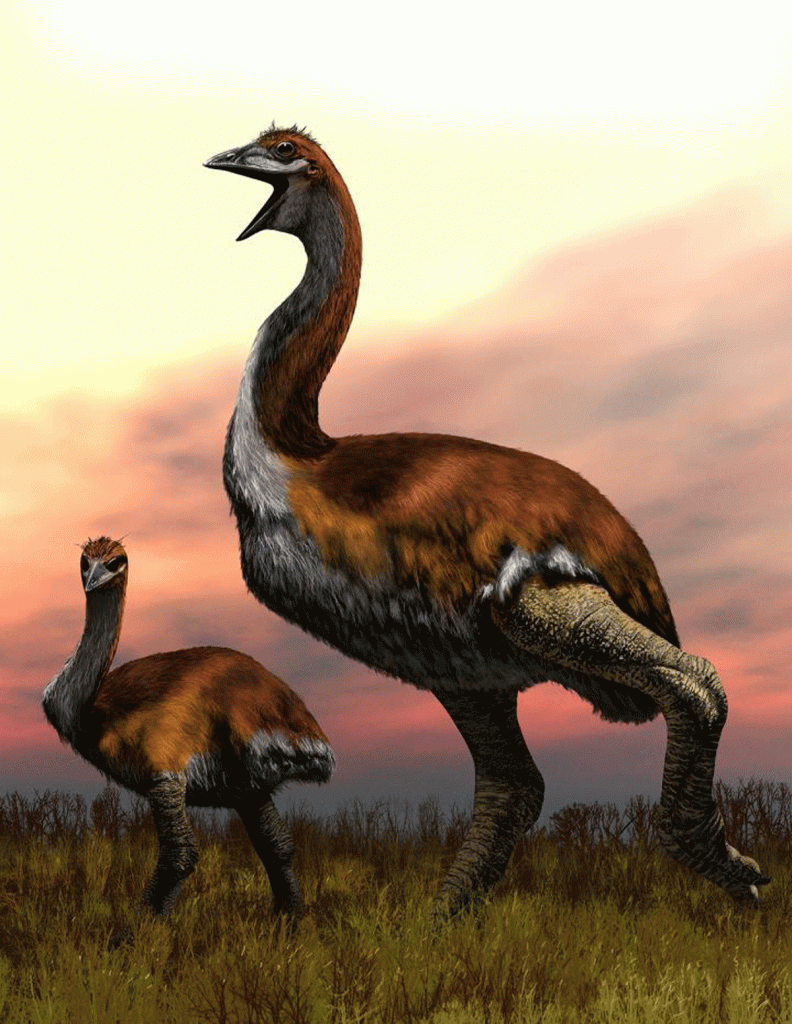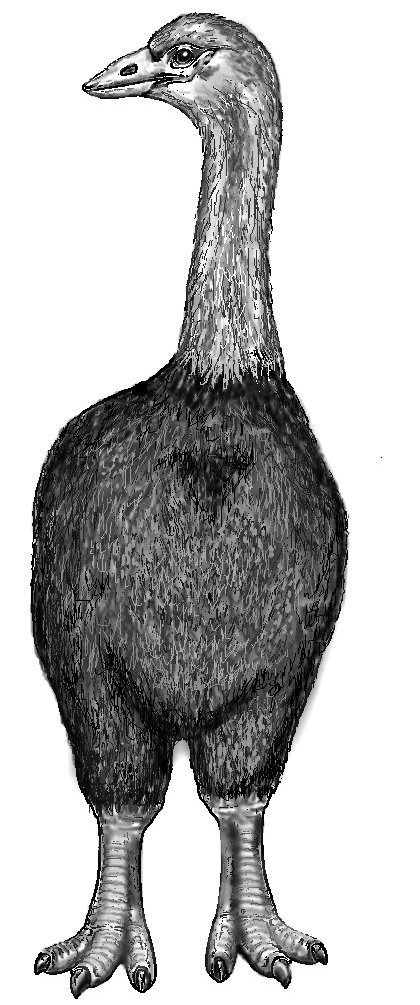
One thousand years ago, truly massive birds wandered the forests of what is now Madagascar, likely foraging for its meals during the dark.
Called elephant birds, the now extinct flightless feathered creatures were members of the extinct family Aepyronithidae. They stood more than 10 feet tall, with one species weighing just over 1,700 pounds, making them the largest birds known to science.
Their eggs were shockingly enormous, too. Those that have been discovered reached lengths of 13 inches and weighed over 20 pounds—that’s 160 times the volume of a chicken egg!

In a recent study, published in the journal Proceedings of the Royal Society B, researchers concluded that the birds were most likely blind and relied mainly on smell and sound to navigate their surroundings.
The majority of living birds have well-developed optic lobes (for sight) and less developed olfactory bulbs (for smell); these guys, however, had significantly larger olfactory bulbs, and nearly non-existent optic lobes, leading scientists to conclude that they had very limited use of their eyes and led a nocturnal lifestyle.

While elephant birds were thought to be similar to other large ratites like ostriches and emus, they are actually more closely related to kiwis—chicken-sized flightless birds native to New Zealand that are also nocturnal.
“Studying brain shape is a really useful way of connecting ecology — the relationship between the bird and the environment — and anatomy,” said Christopher Torres, a Ph.D. candidate at The University of Texas at Austin who led the research, in a statement. “Discoveries like these give us tremendous insights into the lives of these bizarre and poorly understood birds.”
Researchers aren’t entirely sure why the birds went extinct, but they believe the species likely died out in the 17th century as a result of overhunting and habitat destruction.




